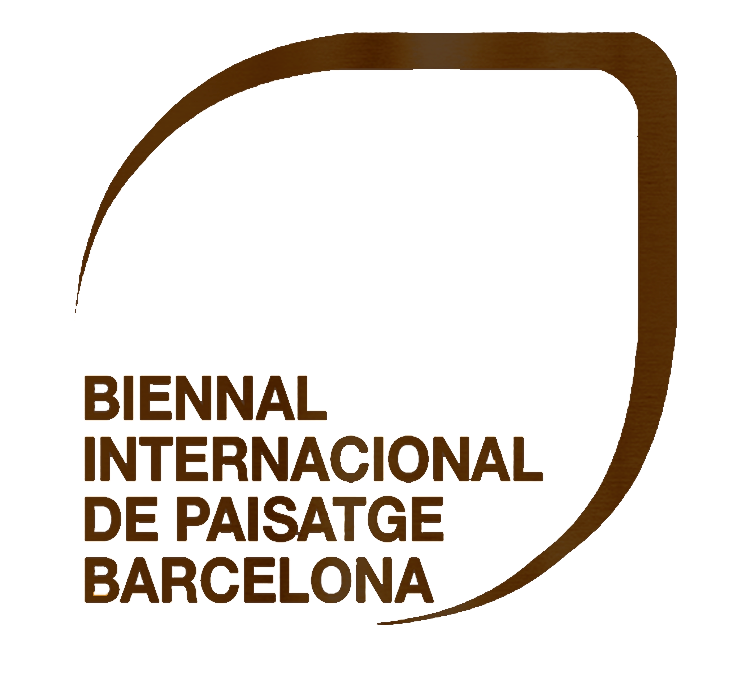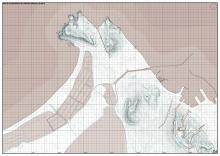
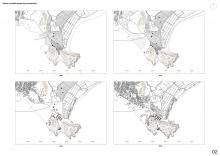
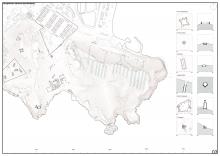
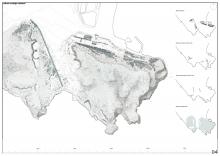
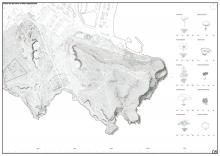
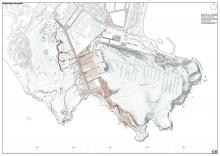
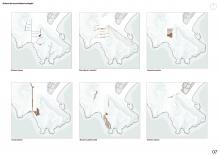
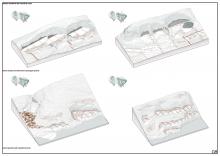
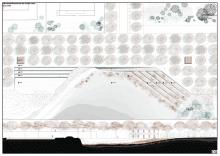
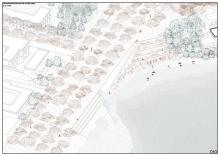
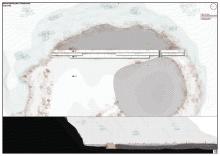
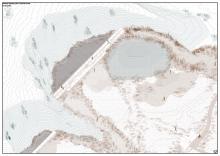
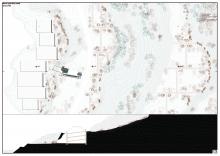
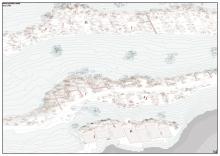
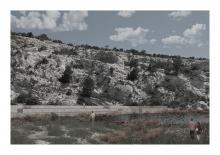
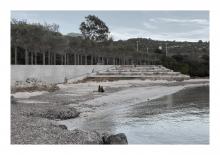
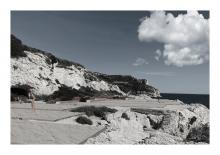
The peninsula of Calamosca and Capo Sant’Elia is the main landmark of the city of Cagliari and consists of two limestone promontories separated by a valley channel that leads to a sandy beach. Its strategic position has meant that over the centuries it has become a military settlement point that has made the place an almost isolated space from the rest of the city leading to the maintenance of the area in an almost wild state but which in fact clashes with the military geometrization of architectural elements and with the transformations of the territory resulting from the intensive exploitation of the soil, caused in particular by the limestone extraction processes that have affected the area over the last century. These processes have contributed to the modification of the place, both from a morphological point of view, altering its shape, and from an ecological point of view. The thesis interprets the complex construction dynamics of this symbolic place of the urban landscape of Cagliari by setting a new geometry of the wild made of niches, pauses, and platforms that reinterpret and make the complex history of the site re-emerge, in the continuity of an idea of a new urban park. The project, in fact, redefines the relationships between the fragments resulting from the different “histories” of the place through a design of the open space that predisposes and favors the ecological succession of this great altered mountain.
